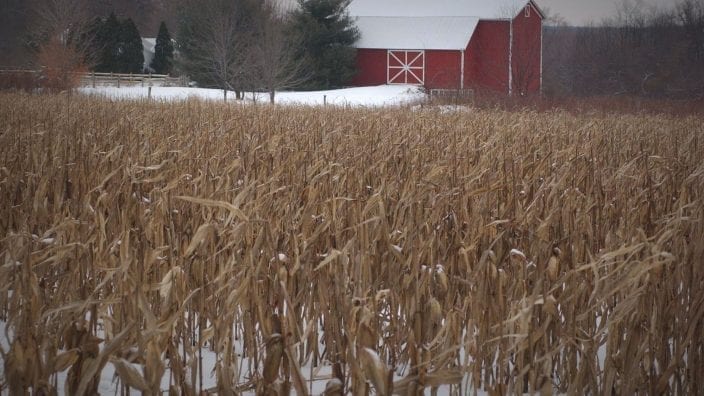Farmer’s Guide to Trucking Regulations available to Ohio Farm Bureau members
The guide includes a farm driver checklist, overview of state and federal regulations and exemptions, CDL qualifications and more.
Read More
The prospect of spring’s welcome chores may brighten a gardener’s dreary winter, but for some Ohio farmers, last year’s unharvested crops are top of mind.
Corn and soybeans are normally out of the field by late November, but late fall and early winter rains coupled with warm temperatures made fields too muddy to support harvesting equipment.
In some areas of Ohio, rainfall last year was 12-15 inches above normal. This led to both late planting and delayed harvest. USDA’s last harvest progress report of the year showed as much as 10 percent of the crops still standing. That’s roughly 850,000 acres that could still be in the field losing yield, quality and value.
“It has been a challenging harvest, to say the least,” said Ty Higgins, Ohio Farm Bureau’s director of media relations. “It isn’t typical to have harvest bleed into the next year, but it is becoming more common.”
Higgins said farmers were trying to finish up before the snow storm arrived the Martin Luther King Jr. holiday weekend. The colder weather had helped the ground to form up.
The good news was that early yield reports were very good. According to the U.S. Department of Agriculture, soybeans are estimated to average 60 bushels per acre, topping top last year’s average by 19 percent, and the 190 bushel-per-acre average for Ohio corn is up 11 percent from 2017’s average.
Read more from Ohio’s Country Journal:
Wet year leads to long harvest
Soybean harvest dragging on


The guide includes a farm driver checklist, overview of state and federal regulations and exemptions, CDL qualifications and more.
Read More


Ohio Farm Bureau provides opportunities, platforms and resources to help you develop your voice in the industry and give farmers a seat at the table with leaders and legislators.
Read More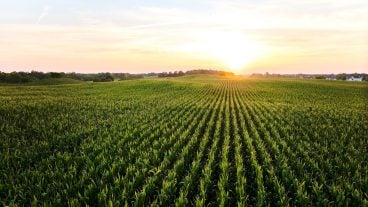
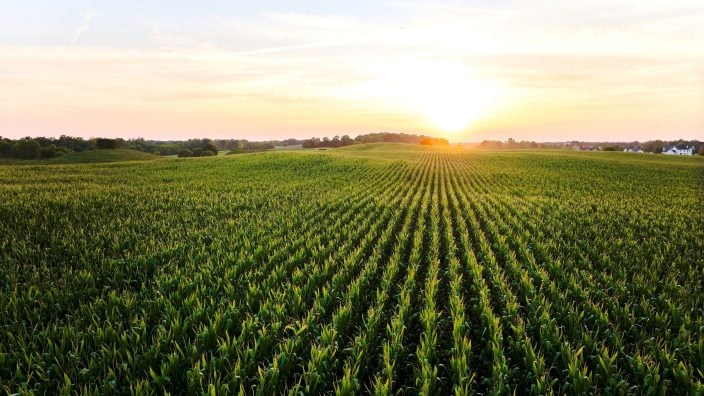
The emergency fuel waiver to allow the sale of summer gasoline blends containing 15% ethanol will lengthen the period during which Americans can continue buying E15 from June 1 to Sept. 15.
Read More

The Small-Scale Food Business Guide covers federal and state regulations for selling food products such as raw meat, dairy, eggs, baked goods, cottage foods, fruits and vegetables, honey and more.
Read More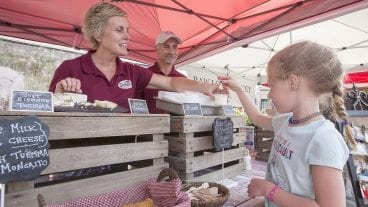
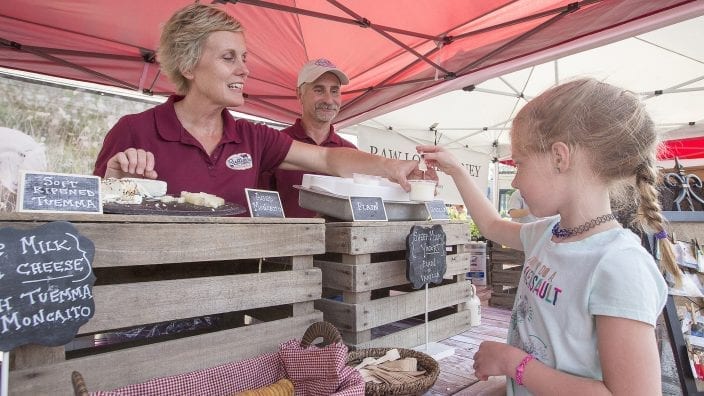
New resources and technology are broadening the different types of sales tools and strategies available to farmers.
Read More

ODA will enroll 500,000 acres into the program for a two-week sign-up period, beginning April 22, 2024, through May 6, 2024. Contact local SWCD offices to apply.
Read More

Katie Share of Columbus has been named ExploreAg and Youth Development Specialist for Ohio Farm Bureau.
Read More

Mary Klopfenstein of Delphos has been named Young Ag Professional and Ag Literacy Program Specialist for Ohio Farm Bureau.
Read More

The plan has been updated to give sole proprietors access to more rate stability and a smart solution that offers potential savings on health care.
Read More

The American Farm Bureau Federation, in partnership with Farm Credit, is seeking entrepreneurs to apply online by June 15 for the 2025 Farm Bureau Ag Innovation Challenge.
Read More